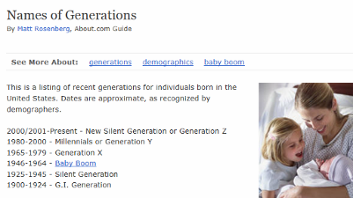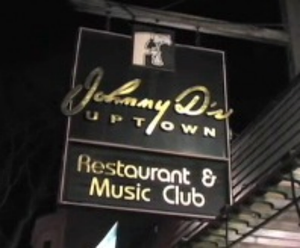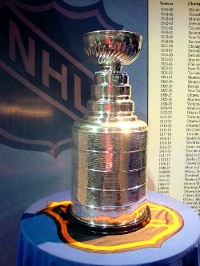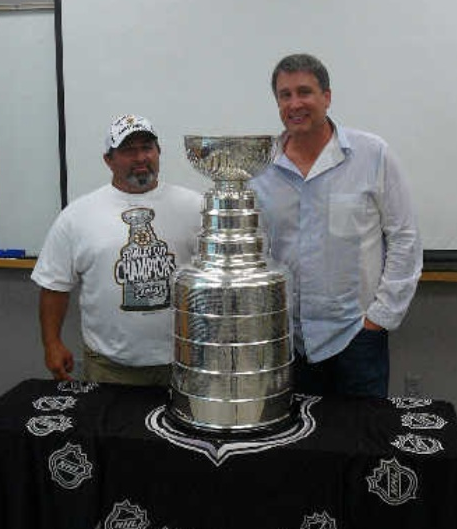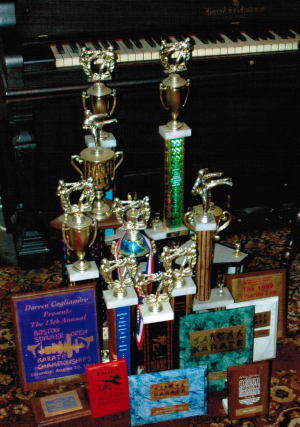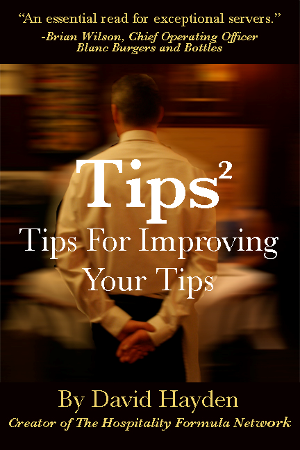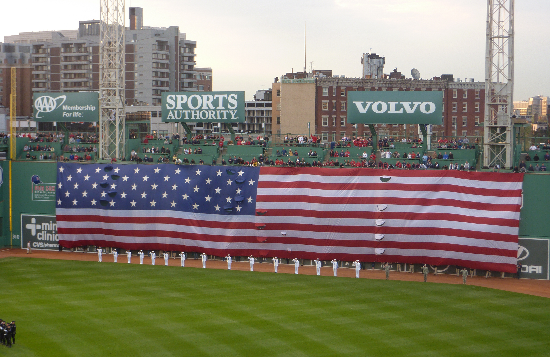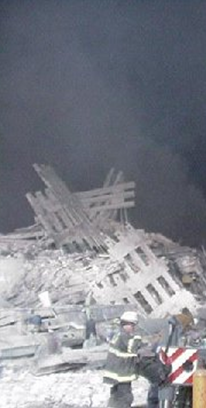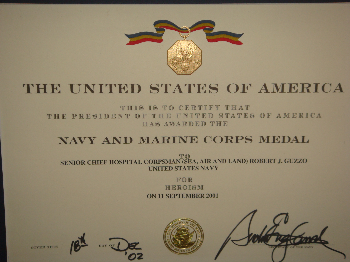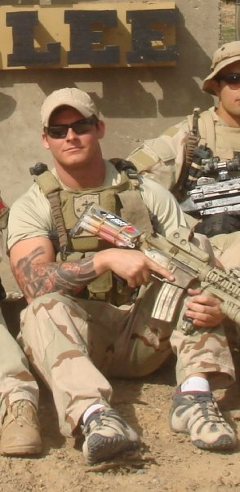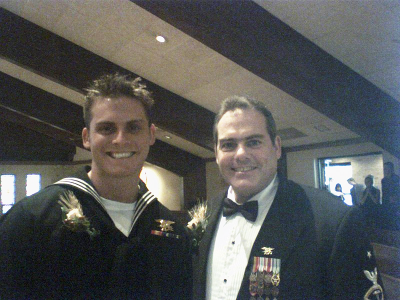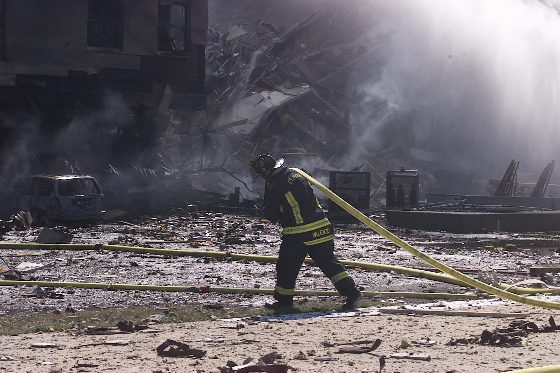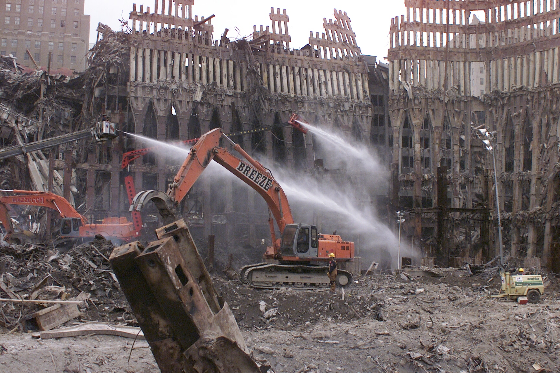“Is this way good for you?” she asked innocently as she shifted her body a little to the left.
With a playful tone, she broached the subject so easily it surprised me.
This was a rather awkward position for us. We were pressed tightly together, just about wrapped around each other, with her right hip grinding into my side. My face was only one quarter-of-an-inch from her bare shoulder. Her blonde hair was falling over that shoulder, and it had such a delightful fragrance.
“Don’t even think about kissing her shoulder!” I told myself. I knew it would be wrong . . . but being pressed so tightly against her somehow made me want to.
“I’m OK,” I told her speaking into her shoulder, “But thanks for asking.”

Photo from www.bu.edu
We were crammed together on the inside steps of an MBTA Green Line trolley headed from the Fenway stop to Boston’s Park Street Station.
While waiting for this train, our every-growing crowd had watched a dozen trolleys roll by in the opposite direction before this one lone train finally pulled up on our side. Of course it was going to be crowded. Total strangers, she and I happened to squeeze onto the trolley car at the same time and she was now one step above me as the doors closed behind us, pushing us even more firmly together.
She was in her mid-twenties, a striking young woman with long blonde hair, wearing a sleeveless beige dress. She had a suitcase in one hand with her purse over her shoulder. As we stood mashed against each other, she was speaking with two other young ladies standing on the step above us; the three of them talked rapidly in a foreign language, laughing about it all.
When we debarked at Park Street, I spoke with her for a minute. She said she and her friends were from the Netherlands. This was their first time in Boston. I asked if she’d mind me retelling this story in a blog.
“I won’t use your name,” I said, “But given our situation I thought what you said was pretty funny.”
Is this way good for you?
Now she understood and threw her head back laughing.
Riding on the Boston MBTA is never dull, and without the sense of danger famous in NYC subways, when crazy stuff happens on the Boston lines you can just sit back and enjoy the ride.
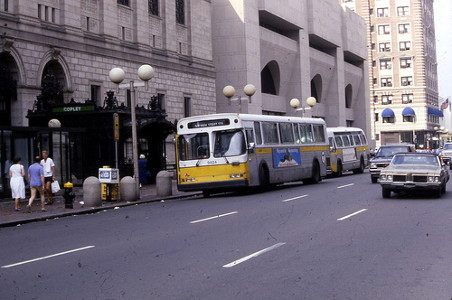
Photo from www.bing.com
I remember being on a Mass Ave Bus headed to Harvard Square one afternoon when this very large, clearly crazy man got on. As he walked down the aisle toward the back seats he glared at everyone and swore at some.
“What the hell are you looking at!” he snapped at a poor woman who had glanced in his direction.
Once seated he began talking to himself as he looked around, making threatening gestures with those massive hands and arms.
“That’s right!” he said loudly, glaring at the passengers seated in front of him, “That’s right . . . be very afraid!”
Now a strange little man with glasses boarded the bus.
He walked slowly toward the back as the large guy kept talking.
This small man sat down on the empty seat next to the big guy. He smiled up at him.
After a minute, he laid his head against the big man’s shoulder, like a child leaning against a loving parent. Maybe he was drawn to the big guy’s power.
The big guy was completely freaked out. As the small man sat with his head contentedly on his shoulder, the big guy had a terrified look on his face. Suddenly he was desperate. His expression said, “Wait a minute . . . what’s going on here? I’m the one who’s supposed to be crazy!”
He began looking around at the other passengers as though seeking help.
The little man continued to smile, and the big guy finally got up and took another seat.
“Did you see that?” he asked, turning to the other passengers. His voice was half-panicked. “Did you see what he did?”
Gotta love the Mass Ave bus.
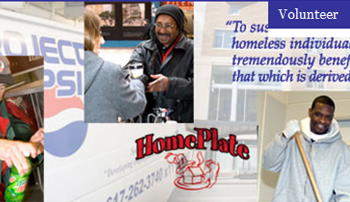
(From www.projectplace.org)
Another time I was headed back home to Cambridge after working an overnight shift as a volunteer counselor at Project Place, a 24-hour crisis center on Washington Street in Boston. I’d worked at a similar center in Albany NY (see Suzie Creamcake and Jerk-Off Joe) and when I came to Boston I worked four nights a weeks behind the bar and one night as a Project Place hotline volunteer.
I’d go in at midnight and leave at 8:00 A.M. the next morning, usually completely wiped out.
This particular morning I was on the way home to get some sleep when I saw an old housemate of mine step onto the bus. I hadn’t seen him in a couple of years.
Eli and I had never really gotten along. He was a lot bigger than me and he always wished he could push me around but with my training in Karate he was afraid to try. So I liked to tease him.
Now on the bus, I saw him but he didn’t notice me sitting on the other side of the aisle.
Suddenly I thought of a good way to break Eli’s chops. Over-tired and a little strung out I thought it would be just too funny if I did it . . . but embarrassing him this way would require that I totally embarrass myself as well. Was it worth it?
I weighed the pros and cons of my prank for fifteen long minutes as the bus worked it’s way down Mass Ave.
Finally I summoned the courage to speak. Eli was extremely sensitive about his manhood. This would be too perfect.
“Eli,” I said loudly, getting his attention. “Eli,” I said again, waiting for everyone to start looking at us.
Then I put on a meek face, and said in a small voice, “Eli . . . I want you to come home.”
People’s reactions varied. Some tried to hide their bemused smiles, while others simply looked away, perhaps embarrassed to be included in this clearly emotional moment between two men.
One old lady sitting across the aisle was incensed. There was almost smoke coming out of her eyes and ears. She was furious. Her glare said, ‘You are both PERVERTS! How dare you bring your vile perversions onto this bus! There are children on this bus!”
I have to hand it to Eli, he didn’t blink. He shook his head laughing, and said, “Mike, you haven’t changed.”
Boston’s MBTA is the oldest transit system in America, and it’s one of the busiest. As with any mass transit, some of the Boston conductors and drivers can be real jerks.
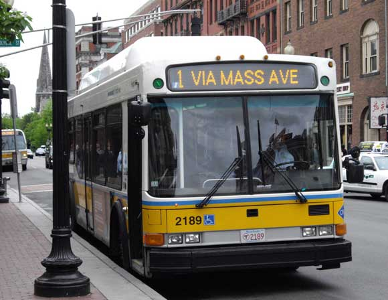
Photo from www.bing.com
One day I’d been visiting my friend Gretchen in Boston and she was standing with me as I waited for the bus home. We saw the bus pull up to the curb and we gave each other a quick hug goodbye while the line of passengers boarded.
But when I turned to get on, the bus driver tried to pull away. I lept onto the first step and grabbed the handrails as he gunned the motor. I was half in and half out, holding on for dear life as the bus started to pick up speed.
We were racing down the street and the parked cars were whizzing by behind me . . . when the driver began trying to shut the doors on my arms.
Whap! Whap! Whap!
The doors were bouncing off my arms as I clung onto the handrails just inside the doors. It was as though he was trying to shake me off.
“What the hell were you doing?” I snapped when I’d finally pulled myself to safety inside. “Are you fucking nuts?”
He stared straight ahead. “Next time get on with everyone else or wait for another bus,” he said smugly, as though he’d done nothing wrong.
Dealing with the public can fray anyone’s nerves — but this guy was a real asshole.
I personally know several MBTA bus drivers and they’re regular Joes, at least when not driving. One of them, a guy named Lenny, was a part-time doorman at Johnny D’s for a while.
Lenny drives the one of the Mass Ave busses. He’s a big guy. At one time he spent afternoons during football season as the weight coach for the Somerville High School Varsity squad.
I was on his bus one day sitting in front talking with him when this scanky-looking kid got on and walked right past him without paying the fare.
“Hey!” Lenny yelled at his back as the kid kept walking, “Hey, get back here and pay!”
The kid kept walking.
“Hey!” Lenny said, and then he slammed on the brakes hard, jammed the pedal to the floor. The bus rocked back and forth almost throwing people out of their seats.
When the bus was completely stopped Lenny got up and walked toward the guy. He stood in front of the kid, dwarfing him.
“When I talk to you,” Lenny said towering over the young guy, “You stop and listen!”
The kid paid his fare, and then Lenny and I began talking again as though nothing out of the ordinary had happened.
I can’t resist telling one more story about my friend Lenny the bus driver. Lenny was in a downtown bar one night when a customer next to him knocked over his drink. The guy turned without looking, and splashed Lenny’s drink all over his new leather coat.
“Hey, . . . what the fuck do are you doing?” Lenny yelled, shaking the flaps of his coat.
The guy apologized, but apparently he was a bit of a wise-ass and he kept telling Lenny to calm down, don’t make such a big deal of it.
They continued to exchange sharp words, and Lenny was getting hotter and hotter under the collar. He decided to smack the guy.
“I drew my arm back,” Lenny retold the story later, “And as I watched my fist heading for his face . . . I kept thinking to myself, why isn’t this guy ducking?”
BAM!!!!
The guy went down and everyone in the bar looked first at the poor man on the floor, then at Lenny.
“Congratulations, Lenny,” an old-timer at the bar said without looking up, “ . . . You just decked a blind man.”
The guy was still on the floor, his cane beside him.
Every time Lenny stops into Johnny D’s now we bust his balls for knocking a blind man off his bar stool.
The Boston transit system has gotten it’s share of press over the years. Back in the late 1950’s there was a national top ten song about the MBTA.
“Charlie on the M(B)TA” was originally written for the 1949 Boston mayoral campaign. Ten years later The Kingston Trio turned the song into one of their biggest hits.
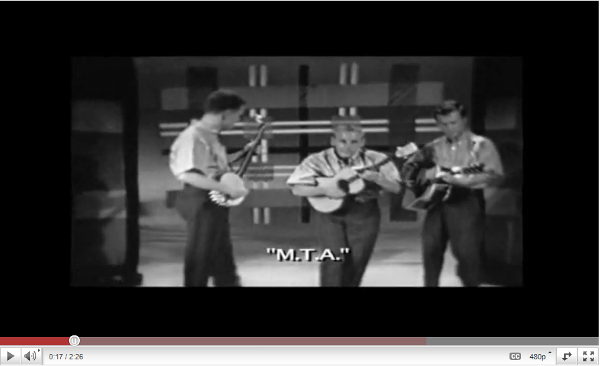
Click this photo for a video of the Kingston Trio performing thier hit
 Now when you ride the MBTA (known locally as the “T”), you have to buy a “Charlie Ticket” or an electronically upgradeable “CharlieCard.”
Now when you ride the MBTA (known locally as the “T”), you have to buy a “Charlie Ticket” or an electronically upgradeable “CharlieCard.”
I can’t remember whether it was in The Boston Phoenix or The Boston Globe but there was a funny, funny newspaper article once about a race between a commuter on the “T”, and a pedestrian.
The commuter was dressed in sweats and running shoes while the person on foot was wearing a suit and tie, carrying a briefcase. They started out at the same point racing from Park Street to the Copley Station stop. One of them rode the “T” as a passenger, while the other contestant walked. He had to walk all the way on a hot summer day.
The guy on foot made it to Copley Station first.
His challenger — after waiting for the right trolley, than pausing at other stops for passengers to get on and off — the guy who took the “T” came in a distant second.

Colleen visiting her parents in Florida
My best friend Colleen is always good for a story or two, including those about the “T.”
She had driven into Boston to take her mom to Massachusetts General Hospital, and we decided that while her mom underwent the all-afternoon tests we should meet for lunch. I took the red line into the Charles Street Station, about half a block from the MGH. As Colleen walked from the hospital we were on our cell phones, and I tried to direct her to me — I could hear her speaking with people on the street.
“Excuse me,” I heard her say. Colleen is a cute little 5’3” sweetee, but when frustrated she can have the vocabulary of a trucker. She was having trouble finding the MBTA station where I was waiting.
“Excuse me,” I heard Colleen say. I imagined her talking with a little old lady.
“Excuse me,” she said to the woman on the street, “But could you please tell me which way to the fucking train station!”
To this day Colleen denies she said that, but between you and me that’s what I heard.
Anyway, enough of these MBTA stories. I’ve got errands to run before I go to work — and I’m headed for the “T” now.

